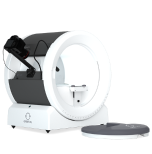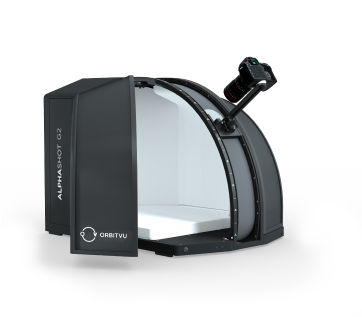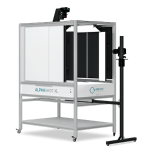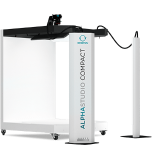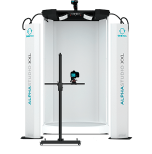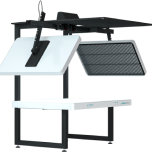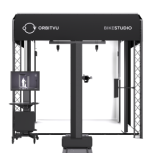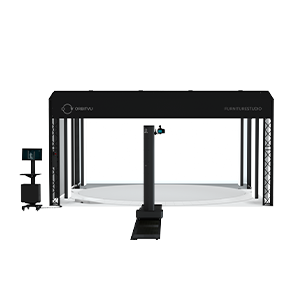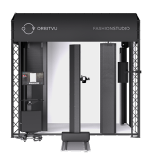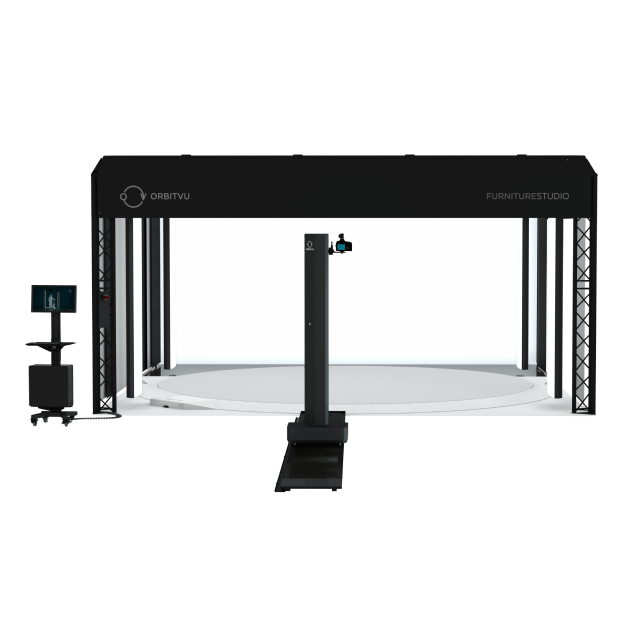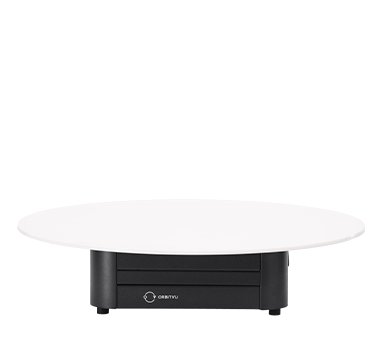The benefits of automating your e-commerce photography
In today’s fast-paced online retail world, product photography is key. It gives information about the product, creates desire, and engenders customers' trust. Also, quality photos boost store engagement, conversion, and retention. However, the delays in content production can mean lost revenue, missed opportunities, and a frustratingly slow go-to-market process.
In this post, we’ll break down how the automation in product photography solutions helps busy e-commerce teams produce high-quality, marketplace-ready visuals at scale, with less time, less cost, and way fewer headaches. Let’s take a closer look.
What is the ultimate goal of product photography?
At its core, the goal of product photography is simple: to sell your product. But achieving that requires much more than just taking a picture.
High-quality images are crucial for e-commerce business success and online store appeal because they are often the first (and only) impression customers get. If the visuals don’t immediately convey quality, trustworthiness, and professionalism, shoppers are likely to bounce before even reading your product description.
Product photography can significantly affect online sales. Since customers can’t touch, hold, or try your products online, they rely entirely on visuals to evaluate quality, functionality, and fit. As a result, poor commercial photography creates uncertainty, while well-executed, accurate product images build trust, leading to higher conversions and fewer returns.

So consistent, well-styled photos showcase your products and communicate your brand’s identity. Whether minimalist with a white background or bold with contrasting colors, the right photography style helps build a cohesive customer experience across all your channels, making your store instantly recognizable and more memorable. That's not just a rule for fashion photography; that's the rule for all.
5 benefits of automating ecommerce product photography
Once we know the goal of professional product photography, let's talk about the 5 main advantages of automation for modern ecommerce businesses.
Reduced time-to-market
In fast-moving e-commerce, speed is everything, since delays in product photography can slow down product launches, seasonal campaigns, and content refresh cycles.
How automation helps:
- Automated image capture systems (e.g., robotic turntables or AI-powered studios) drastically reduce shoot times - products can be photographed from multiple angles in seconds.
- Automated photo editing (e.g., background removal, cropping, color correction) eliminates manual editing queues.
- Seamless integration with your PIM/DAM or CMS allows photos to flow directly from camera to product page.
Shorter production cycles = faster launches = more revenue opportunities. Automation lets lean teams meet aggressive launch deadlines without burnout or bottlenecks, but with the best quality possible.
Consistency
Content consistency in product imagery is essential for brand trust, professional appearance, and customer confidence, especially across large catalogs or marketplaces. Consistency isn't about a pretty brand aesthetic; it's about recognition.
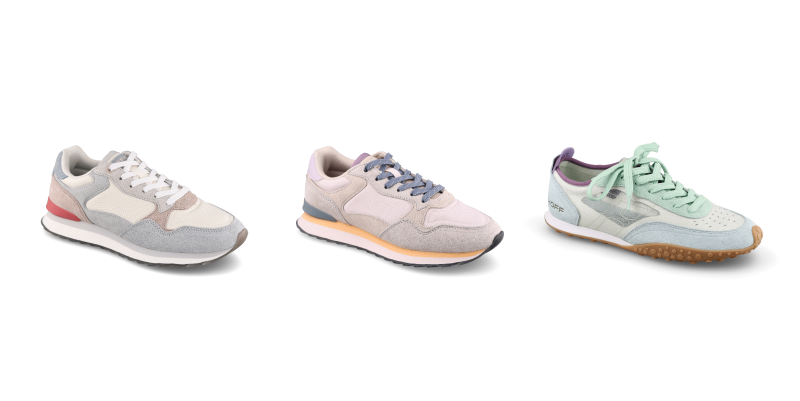
How automation helps:
- Automated setups standardize camera position, lighting, framing, and angles, ensuring every product is shot identically. Even detailed shots are exactly the same.
- Batch presets, like Orbitvu's templates, for editing and retouching apply uniform treatment to all images, regardless of photographer or location.
No more time wasted correcting minor inconsistencies in retouching. Automation turns visual consistency of your ecommerce website into a standardized system, not a gamble.
Accuracy
Misrepresented product visuals increase returns and damage customer trust, especially with color-sensitive products like fashion, cosmetics, or home decor, where natural light is the best option. Traditional forms of product photography often struggle to maintain accuracy when it comes to editing and enhancing product listing photos at a large scale.
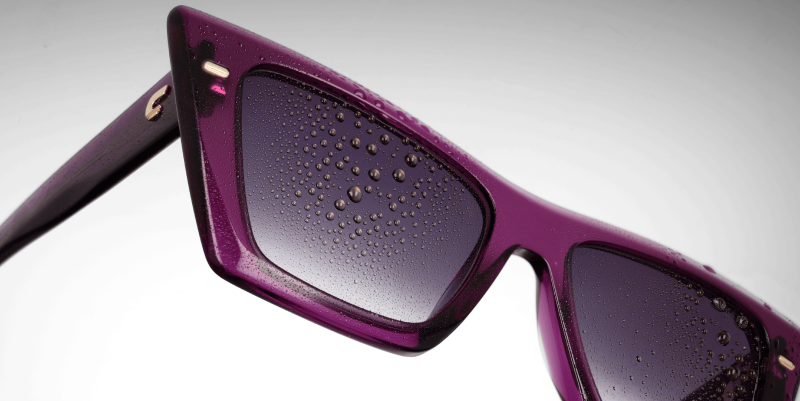
How automation helps:
- Calibrated studio lighting and white balance systems capture true-to-life color and texture. This is not the artificial light you know; this one is better.
- Hardware-based post-production automates daunting tasks, but the content creator is still in control, unlike with AI-based solutions. This means no distorted products and false expectations - what you see is what you get.
- Automated file-naming and tagging systems reduce metadata errors.
Accurate visuals lower return rates, support brand integrity, and make your job easier by reducing review cycles.
Scalability
As product lines grow, the ability to scale professional photography production without sacrificing quality becomes a major competitive advantage.
How automation helps:
- Automated systems can photograph hundreds of products per day without additional headcount.
- Cloud-integrated workflows allow distributed teams to collaborate asynchronously and efficiently.
Whether launching 50 SKUs or 5,000, automation ensures you can scale your visual content operations without compromising consistency or team efficiency.
Simplified workflow
Manual processes are prone to human error, delay, and miscommunication. This is the case especially when working in-between teams or using product photography services.
How automation helps:
- Image capture, editing, naming, and uploading can all be part of an end-to-end automated workflow.
- Integration with digital asset management (DAM) and product information management (PIM) systems ensures that assets are automatically tagged, versioned, and delivered to the right platforms.
- Pre-defined templates eliminate guesswork and reduce onboarding time for new team members or external partners.
As you can see, automation replaces chaos with control. It allows you to improve visibility and focus on higher-level tasks like optimization and strategy, rather than chasing missing files.
Success stories: product photography impact
Automation isn’t just theory - it’s happening to leading brands. Companies like Dovetail Furniture and CLX Europe are seeing real results by rethinking their product photography workflows. These success stories show the actual impact on efficiency, consistency, and speed-to-market.
Dovetail Furniture: 95% of the post-production process automated
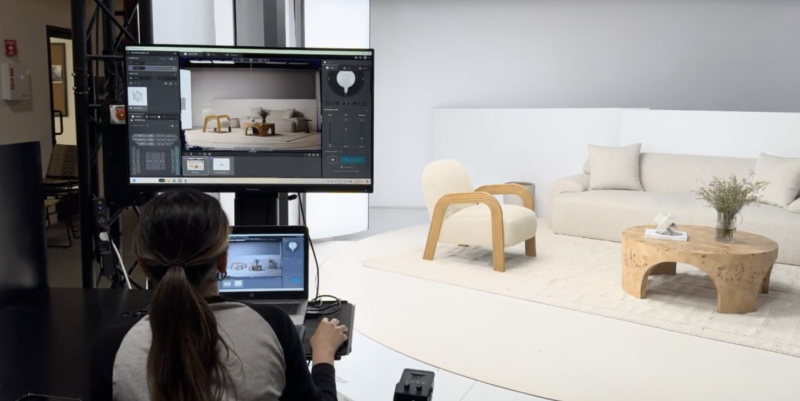
Dovetail Furniture's workflow was manual photography and editing, which was expensive, time-consuming, and inconsistent, considering their industry and sold products.
By using Furniture Studio, Orbitvu’s automated photography solution, they created a repeatable studio setup for their furniture lines. Most importantly, they integrated automated post-production, which now handles 95% of the editing tasks automatically.
You don't have to optimize images yourself; hardware-based image post-production will do it for you! As well as background removal, color correction, and cropping.
As a result, automation allowed the Dovetail Furniture team to maintain visual quality while reducing production time. It's proof that high-volume content doesn’t have to sacrifice detail or brand integrity.
CLX Europe (an eClerx Company): workflow transformation at scale
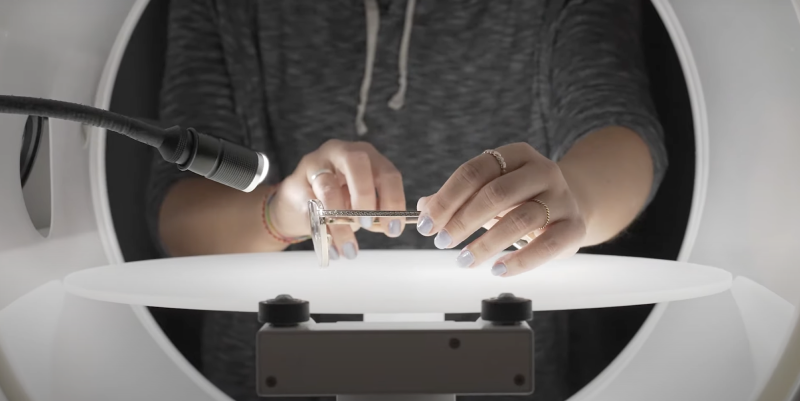
CLX Europe produces content for global clients: major retail and fashion brands. Managing thousands of images across tight deadlines and high-volume campaigns required an efficient, error-free system.
CLX Europe rebuilt their content production pipeline by using Orbitvu’s integrated hardware and software solutions. They automated not only the capture process but also asset management, naming conventions, and post-processing.
CLX’s success proves that end-to-end automation - from studio to DAM - can deliver quality and scale even under complex requirements. With fewer human touchpoints, teams get control, speed, and precision.
Orbitvu product photography made with technology, for people
At Orbitvu, we offer all-in-one solutions that simplify and accelerate product photography - ideal for teams focused on speed, consistency, and output quality. Their automated hardware and software work together to handle lighting, camera positioning, background removal, and post-production in a single, repeatable process.
As a result, professional photographers save hours by offloading repetitive tasks like cropping, color correction, and file renaming. Instead of spending time on standard packshots, they can focus on high-impact creative work.
For non-experts, however, Orbitvu makes it easy to capture studio-quality images after basic training. Pre-set templates, guided workflows, and real-time previews remove the guesswork and reduce errors, helping content teams create polished, on-brand visuals without needing advanced skills.
With Orbitvu, content production becomes faster, more reliable, and easier to scale across teams and product categories.
Is it right for you?
And now it's time for a big question - is automation for you? Will an automated product photography studio pay off?
If you're looking to optimize costs and improve efficiency, or have a business that's scaling up, automation can relieve you of repetitive tasks. So the short answer? Yes, especially if your team is under pressure to deliver more content, faster, with fewer resources.
But automation isn’t one-size-fits-all. The right time to adopt it depends on your business model, content volume, and internal workflows. Below are key indicators that automation could be a game-changer for your product photography pipeline:
Case 1: You’re producing content at scale or planning to
If you’re managing dozens to thousands of SKUs or expanding product lines frequently, manual photography just won’t cut it. Automation lets your team produce high-quality visuals in bulk without scaling headcount or outsourcing.
Case 2: You need consistency across multiple channels
Content managers juggling product pages, marketplaces, print catalogs, and social assets know how hard it is to keep everything visually aligned. Automation helps enforce brand standards by using repeatable templates, presets, and capture angles.
If your output varies by photographer, location, or team, automation can eliminate variability and rework.
Case 3: You’re struggling with shortcomings or slow time-to-market
If content production is slowing down product launches, promotions or seasonal campaigns, automation gives you back control. Pre-set workflows, instant image output and integrated editing pipelines cuts turnaround times down to days or even hours from shoot to publish.
You’ll go from weeks to days or hours from shoot to publish.
Case 4: You want to free up your team for more strategic work
Automating repetitive tasks like background removal, cropping, and color correction frees up your creatives to focus on higher value content—think lifestyle shoots, video or storytelling.
Your designers stop being bottlenecks and start being brand builders.
Case 5: You’re focused on ROI and operational efficiency
Automation isn’t just about speed—it’s about long-term cost reduction. With fewer manual steps, you reduce outsourcing, revisions, and errors. Content becomes more predictable, measurable, and scalable, which is key to delivering ROI on content investments.
Conclusion on e-commerce product photography
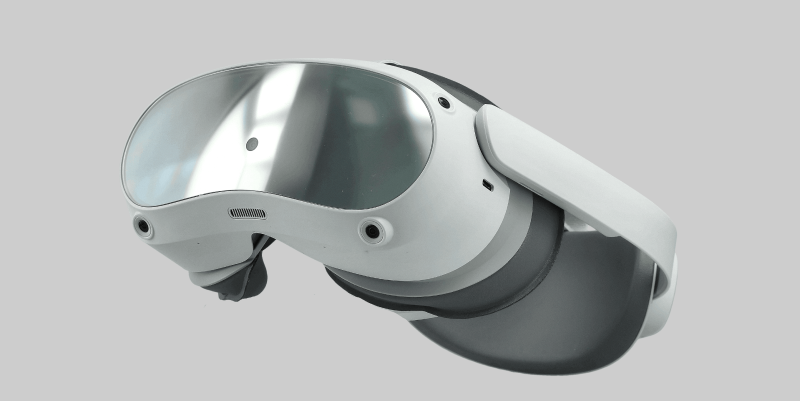
Mastering ecommerce photography is key to creating visually compelling content that builds trust and drives conversions. Knowing how to produce high-quality images, even at scale, helps your brand stand out in a saturated market, while consistent visuals can directly influence purchase decisions.
Whether you choose to outsource your process to a professional photographer or bring the process entirely in-house with your own automated studio, the goal is the same: deliver high-quality product photos faster.
Ready to scale your visual content the smart way? Book a free demo with our experts and see how Orbitvu can transform your product photography process.
Articles you may also like

The automotive industry encompasses a whole range of products with a mix of materials, finishes, and shapes that are hard to ...
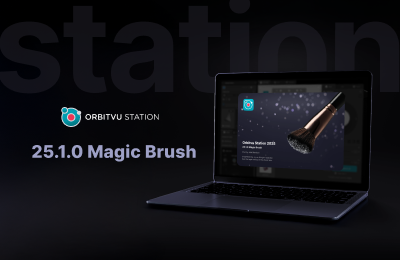
We present the first major Orbitvu Station release of 2025 - 25.1.0 “Magic Brush”. It’s an issue packed with new features, im...

In today’s e-commerce, content creation agencies face increasing pressure to deliver high-quality visuals quickly and efficie...








